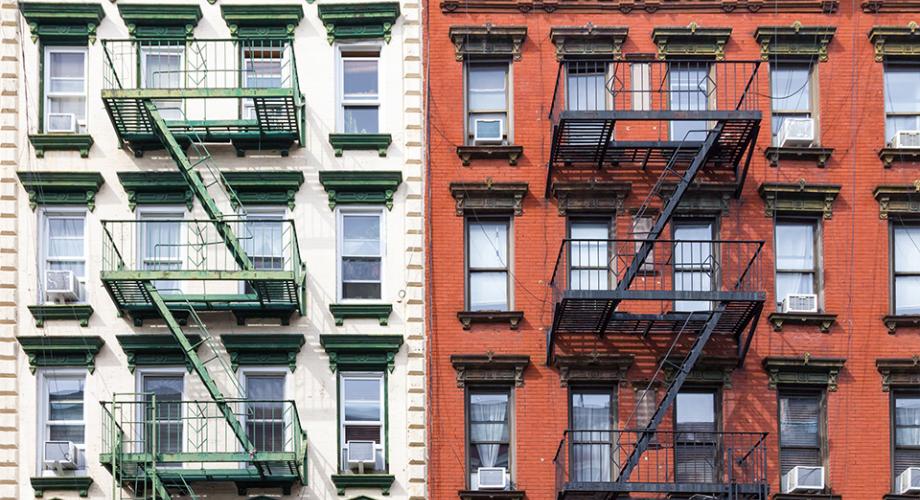As incomes have continued to climb, the percentage of apartment residents who were cost-burdened—paying rent that is 30 percent or more of their income—is decreasing. In 2015, 50.6 percent of apartment residents were cost-burdened, a decrease of 1.2 percentage points from 2014 and down 2.8 percentage points from the 2011 peak, according to an Apartment List analysis of census data.
Here are a few of the city- and state-specific findings:
- With their high incomes, the tech hubs of San Francisco, Seattle, Denver and San Jose, California, have lower rates of cost-burdened renters compared with the national average.
- Many of the major cities on the East Coast have higher cost-burden rates than the national average, with New York City, Boston and Philadelphia above the national average, but Washington, D.C., coming in below.
- Florida’s major metro areas—Miami, Tampa, Orlando and Jacksonville—all have cost-burden rates above the national average, with Miami’s at 63.9 percent.
- Southern California is also a tough place to find an affordable apartment: Los Angeles, Riverside, Oxnard and San Diego all had cost-burden rates in the high 50s.
- Texas offers lower-than-average cost-burden rates, as incomes and rents have been moving in tandem in the state.
- Midwest metro areas, such as Kansas City and Minneapolis, haven’t seen large wage growth, but rents have not risen too much, making them relatively affordable places to live.
The good news is that 2015 marked the fourth consecutive year that the average national apartment resident income rose at a higher rate than rents.
